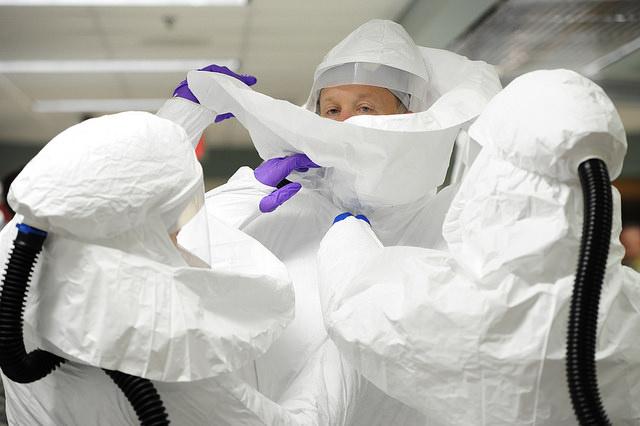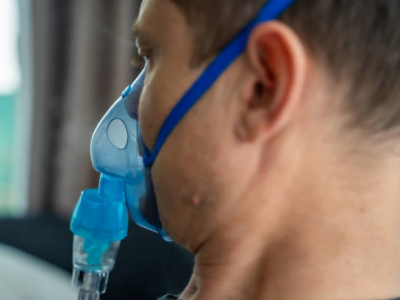A yearly detailed inventory of the nation's public health preparedness showed the nation remains on solid footing, but with some weak spots, such as erosion in the ability to test drinking water and a persistent and varied gap in readiness among states—especially in areas vulnerable to disasters.
Among the key findings, lab testing for Zika virus expanded but still isn't evenly distributed across the nation, compliant drinking water systems trended downward, and employment changes had a mixed effect on health security, according to the report.
The National Health Security Preparedness Index (NHSPI), in its third year and now funded and led by the Robert Wood Johnson Foundation (RWJF), gave the nation a score of 6.7 on a 10-point scale for 2015, up from 6.4 when the grading began in 2013. The index was originally developed by the US Centers for Disease Control and Prevention (CDC) as a tool for improving preparedness. The analysis is still a collaborative effort, with the involvement of more than 35 groups.
Risa Lavizzo-Mourey, MD, president and chief executive officer of the RWJF, said in a press release that to keep the nation safe, health officials need to know each state's capacity to prevent and manage large-scale health emergencies. "Every sector needs a yardstick to clearly show where progress is being made and where improvement can occur. America's health security is no exception."
Changes for the latest analysis
The index's structure and methods continue to evolve, and the latest report analyzes 134 different measures that contribute to an overall health security score. Key changes for the newest edition include a more streamlined set of performance measures, pared down from nearly 200 last year to exclude redundant ones or those based on data that aren't collected at least every 3 years.
For the first time, the index includes confidence intervals for each summary measure so that states can gauge if they're significantly above, below, or in line with national values. Also, this year's index includes annual standardized results for each of the 3 years analyzed so far, allowing results to be compared over time.
Strong points among six major areas
Like earlier reports, the NHSPI groups the analysis into six major "domains," and for 2015, the nation scored high in its ability to respond to emergencies. Incident and information management was the highest-scoring domain, at 8.4 on a 10-point scale.
Other strong national domain scores for last year were health security surveillance at 7.5, up 7.1% since 2013, and countermeasure management at 7.0, reflecting an improvement of 6.1% since the index's first year.
Also related to emergency response, community planning and engagement scored 5.4, showing an overall improvement of 8.0% since the assessments began.
Concerns and room for improvement
The domain that covers environmental and occupational health remained flat at 6.4 compared with the previous year and is down 4.5% since the NHSPI's maiden year.
Another area that showed no gain last year was healthcare delivery, with a score of 5.1, showing an overall decline of 1.9% since 2013.
Looking at state-specific preparedness, the group found a 36% gap between the highest-and lowest-scoring states, with the 18 states that exceeded the national average located along the Eastern Seaboard, the Upper Midwest, and the Southwest.
Sixteen states lagging the national average were clustered in the Deep South and Mountain West regions.
Stephen Redd, MD, director of the CDC's office of health preparedness and response, said in the press release that state and local public health departments are on the front lines in reporting to health emergencies. "The index is a tool that can help us all see where investments since 2001 to build public health emergency response capacity have paid off and where more investment and work is needed," he said.
See also:
Apr 25 NHSPI press release
Overview of NHSPI methodology changes
NHPSI Web site
Dec 9, 2014, CIDRAP News story "Revised health preparedness index grades US at 7.4 of 10"




















